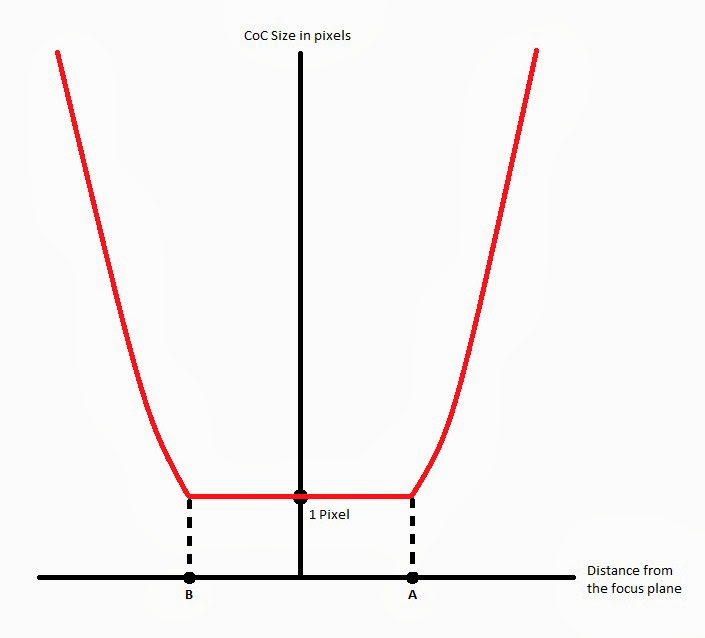L
Loswr
Guest
Metaphorically speaking, it appears that many people are trapped within the circle of confusion, when it comes to discussions of DoF.
1. The formulas used to calculate DoF all contain CoC as a variable.
2. CoC is dependent on the observer's visual acuity, viewing distance, and output size.
Therefore,
3. DoF is dependent on the observer's visual acuity, viewing distance, and output size.
It's really that simple.
As for Ecka's argument about one pixel, the typically assumed values for CoC, and the practical range of CoC values for other print sizes and viewing distances, are much larger than a single pixel, so spatial quantization is not an issue.
1. The formulas used to calculate DoF all contain CoC as a variable.
2. CoC is dependent on the observer's visual acuity, viewing distance, and output size.
Therefore,
3. DoF is dependent on the observer's visual acuity, viewing distance, and output size.
It's really that simple.
As for Ecka's argument about one pixel, the typically assumed values for CoC, and the practical range of CoC values for other print sizes and viewing distances, are much larger than a single pixel, so spatial quantization is not an issue.
Upvote
0

